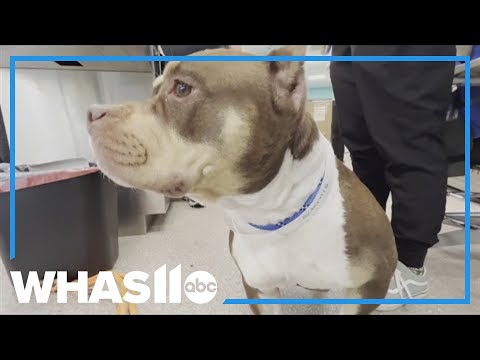Cloning isn't just for celebrity pets like Tom Brady's dog | MIT Technology Review

This week, we heard that Tom Brady had his dog cloned. The former quarterback revealed that his Junie is actually a clone of Lua, a pit bull mix that died in 2023.
Brady’s announcement follows those of celebrities like Paris Hilton and Barbra Streisand, who also famously cloned their pet dogs. But some believe there are better ways to make use of cloning technologies.
While the pampered pooches of the rich and famous may dominate this week’s headlines, cloning technologies are also being used to diversify the genetic pools of inbred species and potentially bring other animals back from the brink of extinction.
Cloning itself isn’t new. The first mammal cloned from an adult cell, Dolly the sheep, was born in the 1990s. The technology has been used in livestock breeding over the decades since.
Say you’ve got a particularly large bull, or a cow that has an especially high milk yield. Those animals are valuable. You could selectively breed for those kinds of characteristics. Or you could clone the original animals—essentially creating genetic twins.







